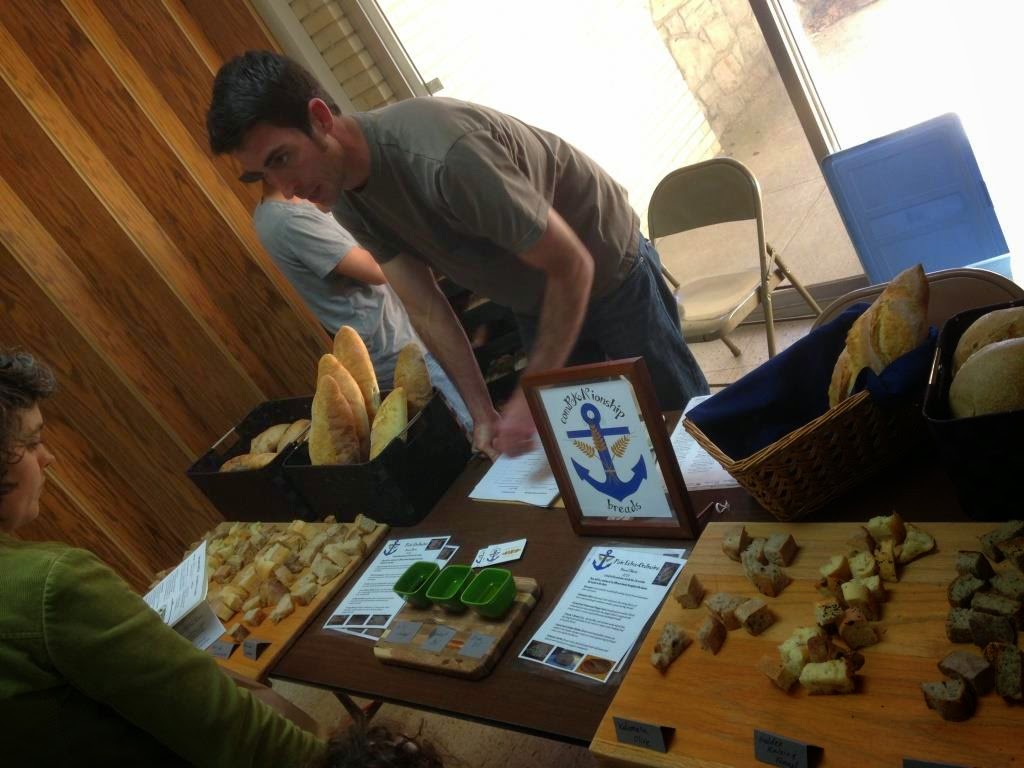It has been 13 Mays on the farm now, and the third week of the CSA always seems to have a stellar lineup, as the fruits and flowers start to fill the shares. It’s the time of year when strawberries, broccoli and fresh garlic hit their peak, and you realize that they all go together well.
| Megan and Semra harvesting strawberries |
Be sure to save some of your strawberries to make a dressing that will compliment any salad. Mayonnaise based, yogurt based, or just plain balsamic vinaigrette with diced strawberries, the varieties and variations possible show the versatility of the strawberry.
Something new this year is gai lan or Chinese broccoli. Not your average mustard flower, this broccoli variation is tender with no bitterness, but instead a nutty sweetness. We are trialing two different varieties to see how they perform here in NE Clay County.
One thing nice about gai lan is that you eat the whole thing. Just chop it up and add it to anything you like. A stir fry is the normal recipe, but you can also chop it fine and add to eggs. Let us know what you think.
| To prepare gai lan, simply chop |

